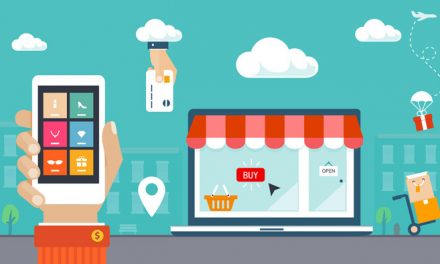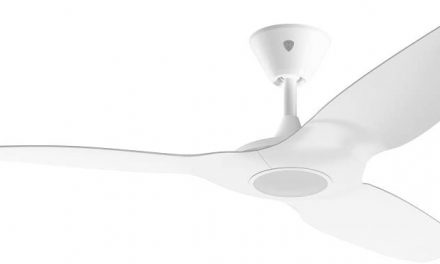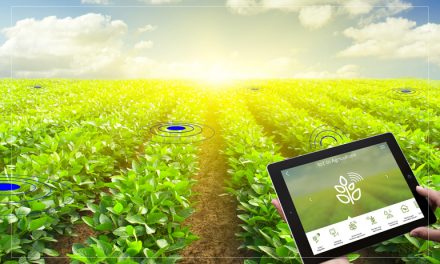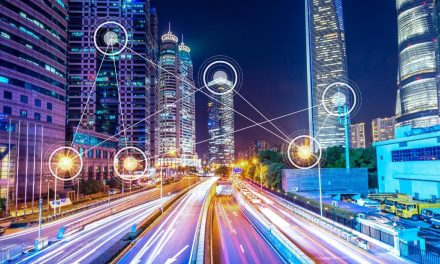The Internet of Things has resulted in a huge change in the current operations and practices carried out across all industries. One industry that has experienced a monumental shift in its operations and practices is the transportation industry. This article will give an analysis of IoT in transport, as well as its applications.
Before we investigate the various uses of IoT in transport, let us first define transport IoT.
Table of Contents
What is Transport IoT?
Transport IoT is the use of network-connected sensors and other monitoring devices used to improve the movement of humans, animals and other goods from one location to another location. Transport IoT provides various benefits, and as a result, this industry’s market was worth $135 billion in 2016 and is expected to reach up to 328 billion in 2023.
Transport IoT provides various benefits such as alleviating congestion through IoT based traffic congestion control systems, in reservation and booking systems used by the various transport operators, as well as in remote vehicle monitoring systems. It is transforming the mobility economy by enabling greater efficiency of the transportation industry, and it is also empowering transport operators, commuters and city governments.
Benefits of Transport IoT
1. Safety
Transport IoT is used together with cloud computing. In cloud computing, complex algorithms that make use of advanced technologies such as Artificial Intelligence and Machine Learning are used to provide greater safety in transportation. This is achieved by improving the communication process, tracking and controlling the speeds of the vehicles using technologies such as adaptive cruise control, and also through providing the drivers of the vehicles with crucial information such as the weather conditions present. In addition, collision alert systems can be used in which sensors present in the car detect if there is a collision. If there is indeed a collision, then the various emergency operators such as ambulances, fire fighters and policemen can be immediately notified with the precise location of the accident. All this IoT in transport enhances safety.
2. Performance
The IoT in transport can be used to enhance the operational performance of the transportation industry. This is done by allowing the relevant departments in cities to gain access to critical information that allows them to develop efficient processes and to improve system capacity.
3. Enhanced Traveller Experience
The use of various transport IoT devices has resulted in a better travel experience for travellers. For example, automated check in procedures reduce the amount of time the traveller has to spend in a queue. Various mobile applications exist that can be used for the traveller to hail a taxi, and information such as the cost of the trip as well as the route to be used together with the estimated time of arrival will help the traveller enjoy the ride.
4. Reduced Energy Use and Congestion
IoT in transport allows for organizations to reduce energy use and congestion. This is achieved through the real time data provided by the various transport IoT sensors. These sensors then allow the organizations to react with speed to evolving traffic patterns. They can also take action to optimize the impact of traffic on the environment, use of fuel as well as regional economic competitiveness.
Examples of IoT Driven Transport Operations
1. Vehicle to Vehicle, and Vehicle to Infrastructure
In this example of IoT in Transport, the sensors are used to enhance the driving experience. In vehicle to vehicle technologies, sensors such as radar, and cameras will allow the cars to avoid collisions with each other, and will promote smooth flow of traffic. In Vehicle to Infrastructure, this technology will soon allow for a driver to reserve a parking spot before they even start their journey. This will make the driving experience quite pleasant.
2. Vehicle Tracking Systems
This is another example of IoT in transport. In this application, the fleet operator is able to plan the routes to be taken by the drivers. The fleet operator will be able to monitor the movement of the drivers, observe their driving behaviours and check if the vehicles are veering off-course. Transport IoT allows the fleet operator to monitor the fuel levels, together with the load and temperature. In addition, if any breakdown occurs, the fleet operator will be able to quickly request for backup.
3. Connected Cars
The cars in use now heavily rely on transport IoT devices. The cars are equipped with sensors that are used in conjunction with embedded systems to perform various activities. This includes monitoring the engine, controlling the tyre pressure and controlling the exhaust gas composition. In addition, safety features such as the collision detection system can be used to provide information to the relevant authorities and allow for the drivers and passengers to be sent to a medical facility with speed. Also, the health of the car can be determined through the data from the various transport IoT sensors in the car. This will help the driver to carry out any preventive maintenance.
4. Public Transport Management
In this example of IoT in transport, the authorities are given greater control of their vehicles. Real time vehicle tracking can be carried out. In real time vehicle tracking, transport IoT sensors such as GPS sensors can be used to track the location of the vehicle at every instance and the authorities check if the vehicle is on course. This allows the authorities to detect any anomalous behaviour and take relevant actions e.g. if the driver suddenly stops and then veers of course, that could suggest that the vehicle has been hijacked.
In addition, unexpected events such as road maintenance, accidents, bad weather and emergencies can be identified. These events usually affect transportation quite badly. Through the use of transport IoT, the authorities can immediately reroute the public transportation in order to avoid places with high levels of congestion.
5. Traffic Flow Management
Transport IoT can be used to improve the flow of traffic. Traffic lights can rely on real time data provided by sensors that detect the amount of vehicles passing through a particular junction at a particular time. This allows the traffic system to identify high traffic junctions, and this information could then be used to control the traffic lights as well as to provide the drivers with other less congested routes to use.
Conclusion
This article gave the definition of transport IoT. It gave the advantages associated with the use of IoT in transport, and also provided relevant examples of IoT driven transport operations.
We hope you enjoyed this article.





